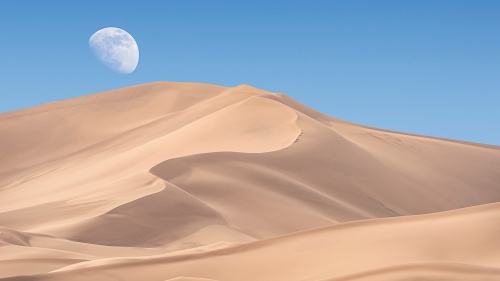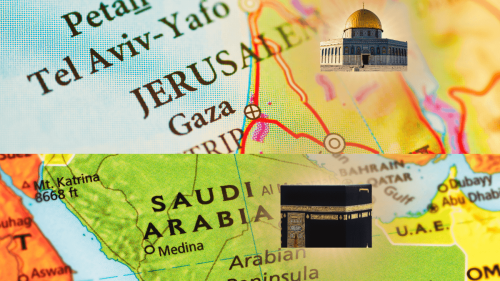Services
Highlights
Quran 29:19
News Around the World
FAITH & SPIRITUALITY
USNEWS.COM
India Votes in Third Phase of National Elections as Modi Escalates His Rhetoric Against Muslims
LIFE & SOCIETY
TOWNANDCOUNTRYMAG.COM
Kate Middleton and Prince William Are “Going Through Hell,” Says Friend
NATURE & SCIENCE
BBC.COM
Boeing crewed space launch postponed for safety check
FINANCE
ZAWYA.COM
Warren Buffett’s successor Greg Abel seen preserving Berkshire’s culture
NATURE & SCIENCE
ALJAZEERA.COM
Denver Museum of Nature and Science researchers discover 65-million-year-old mammal in Colorado Springs area
WORLD AFFAIRS
ALJAZEERA.COM
UK Defence Ministry targeted in cyberattack: Minister
WORLD AFFAIRS
ALJAZEERA.COM
‘Serious job’: How a collective in election-bound India fights hate speech
WORLD AFFAIRS
ALJAZEERA.COM
Belgian and Dutch students protest against Israel’s war on Gaza
WORLD AFFAIRS
ALJAZEERA.COM
Israel seizes key Gaza border crossing as it launches assault on Rafah
WORLD AFFAIRS
PBS.ORG
The UN says there’s ‘full-blown famine’ in northern Gaza
WORLD AFFAIRS
MIDDLEEASTEYE.NET
Israel carpet bombs Rafah after Hamas accepts ceasefire proposal
WORLD AFFAIRS
MIDDLEEASTMONITOR.COM
Israel’s possible attack on Rafah would cause ‘massacre,’ warns UN rapporteur






















































